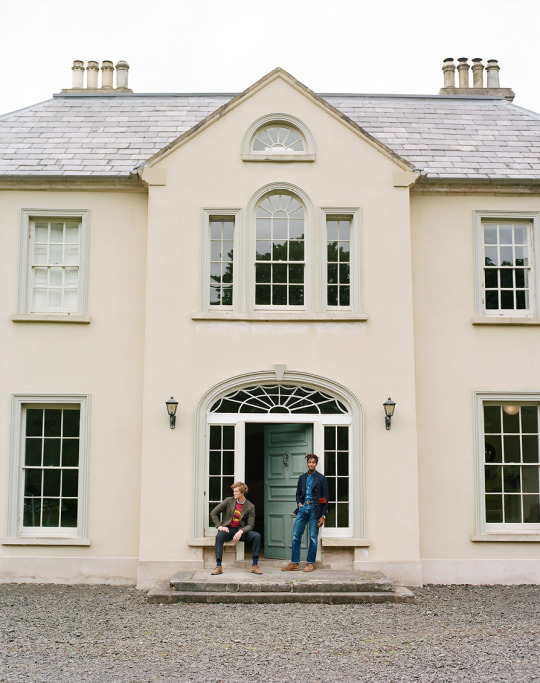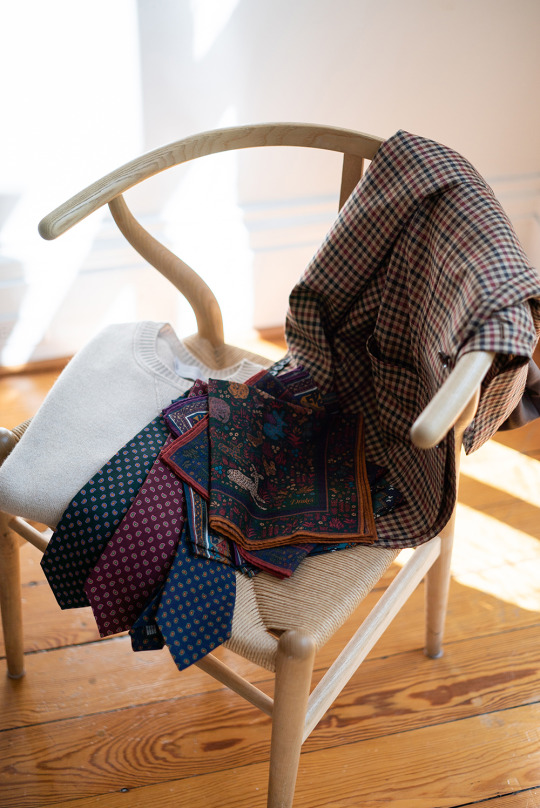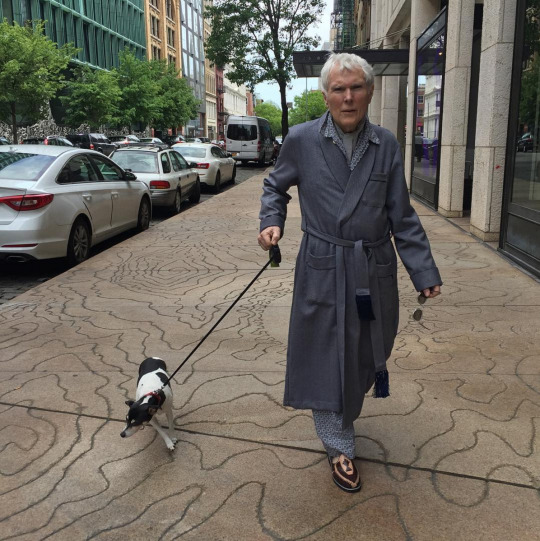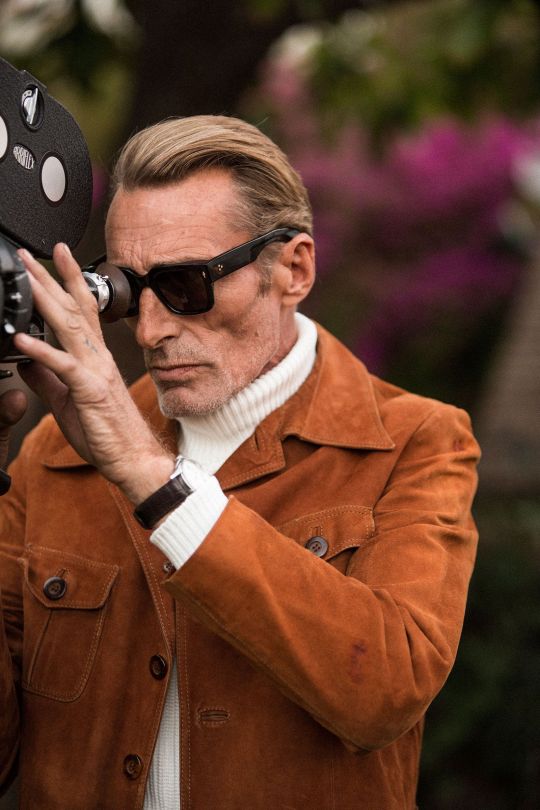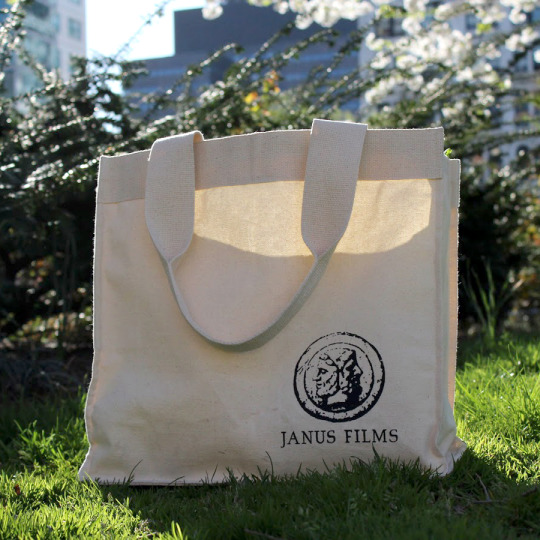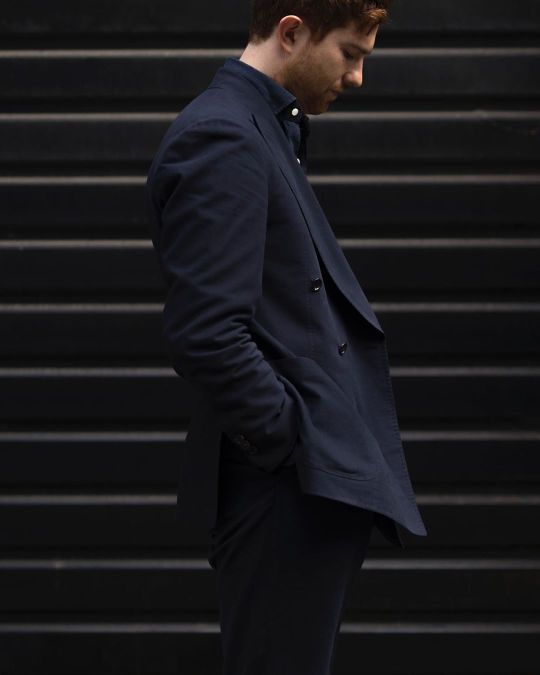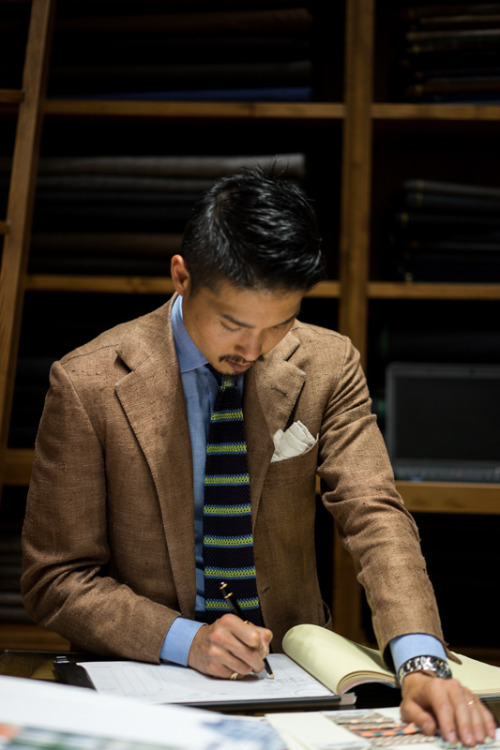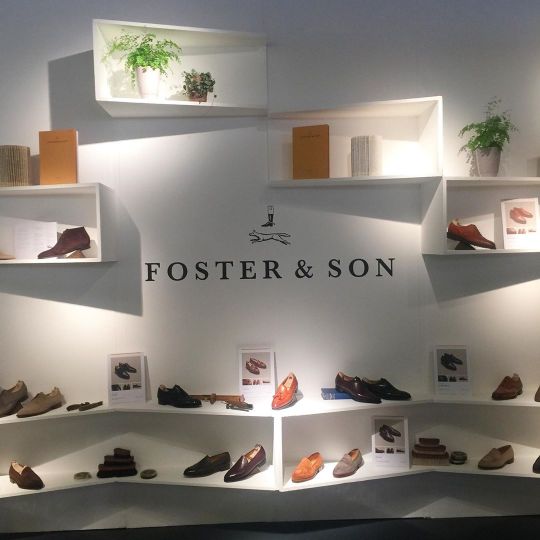You Might Suffer From Floppy Butt
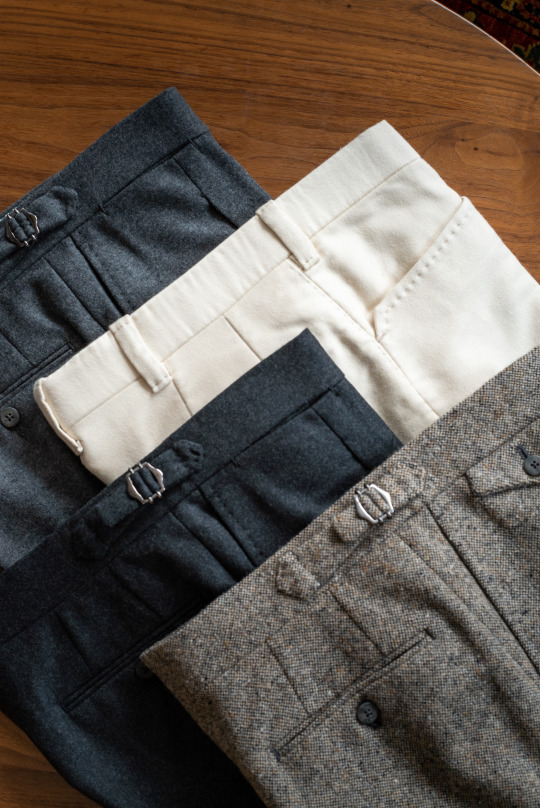
There was a time when I thought buying pants was simple enough. So long as I could comfortably close the waist and the pants didn’t fall down, they fit. Then I learned about Floppy Butt, also known as the “silent killer of silhouettes.” Hidden behind people, unseen without special mirrors, Floppy Butt all too often goes undetected. Truth be told, I still suffer from Floppy Butt — my butt, indeed, is very floppy. But the condition no longer shows up in my pants, which is the important thing.
Floppy Butt is a technical term, not a colloquial one, for when you have horseshoe-shaped folds underneath your seat (a polite person’s way of saying butt, which is rude). The condition is often accompanied by ripples down the back of the legs and fullness around the seat (again, butt, or in the Queen’s English, arse). It can be difficult to spot this at home with a regular mirror. When you crane your back to see how you look from behind, you’ve already distorted your silhouette. Better if you can find a three-way mirror, say when you’re walking through a department store. Or, if you have friends and family members, ask them to inspect your posterior (i.e., seat, butt, and arse).
It brings me no joy to say this, but you probably suffer from Floppy Butt without even knowing it. Much like how a suit jacket hangs from the shoulders, trousers hang from the waistband — and the rise determines where the waistband rests. Swing this delicate balance scale in one direction or the other, and suddenly, things can get distorted. You may have Floppy Butt because your trousers are too large for your pancaked-shaped seat (no judgement, as my seat is inverted like crescent-shaped Florentine lapels). Or, like most men, you stand with your hips forward and knees locked (a posture my friend David describes as Auditioning Male Pornstar).
Keep reading
